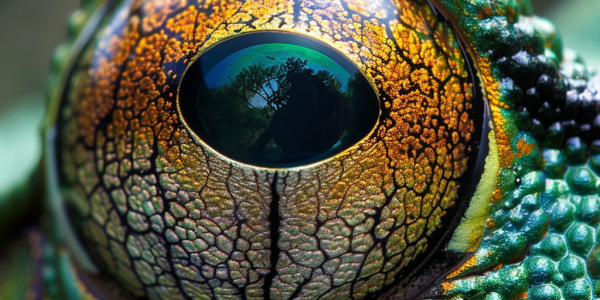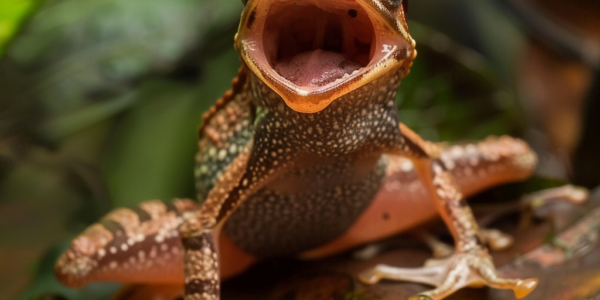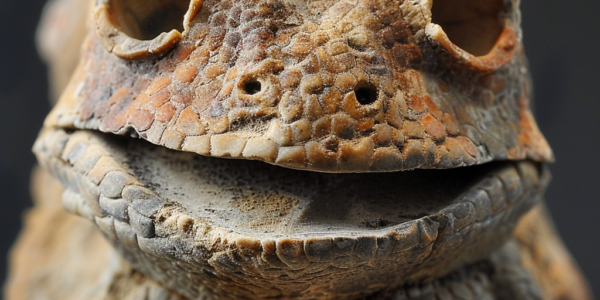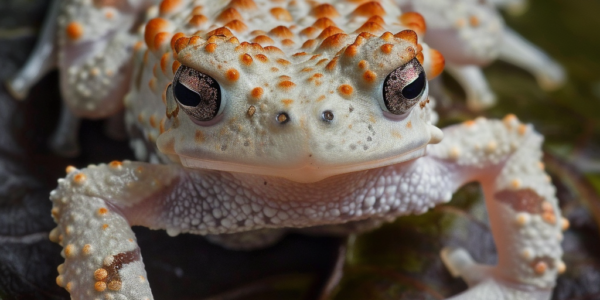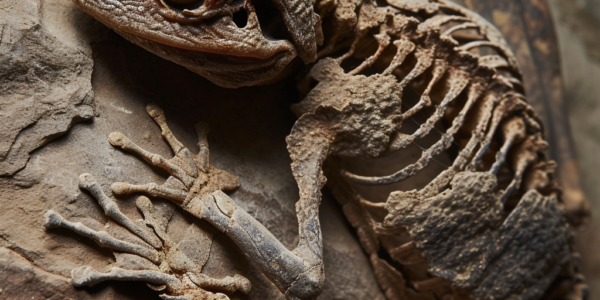Study Reveals Surprising Insights into Frogs’ Light-Sensing Abilities
A recent study led by a Penn State biologist reveals the crucial role of nonvisual opsins in frogs’ light-sensing abilities. These proteins play key roles in regulating circadian rhythms, melatonin release, pupil response, and adaptation to seasonal changes. The research, published in Molecular Biology and Evolution, emphasizes the significance of nonvisual light sensitivity in biological processes and the need for further exploration in this area.
Frogs in Amazon Jungle Found to Scream at Inaudible Frequencies
Scientists in Brazil have discovered that some frogs in the Amazonian jungle are using defensive ultrasound as a distress call, inaudible to humans. This fascinating finding sheds light on the intricate ways animals communicate and interact in their natural habitats.
Newly Discovered Prehistoric Species Resembles Famous Froggy Celebrity
Paleontologists at the Smithsonian National Museum of Natural History have unearthed a previously unknown prehistoric species, Kermitops gratus, dating back over 270 million years. The tiny fossilized skull of Kermitops, resembling the famous Muppet character Kermit the Frog, offers valuable insights into the evolutionary origins of modern amphibians. This discovery challenges existing research and highlights the need for continued exploration and study of museum collections.
Brazilian Flea Toad Confirmed as World’s Smallest Vertebrate
A recent study confirms that the Brazilian flea toad is not only the world’s smallest amphibian but also the world’s smallest vertebrate. Researchers revisited the original discovery site, capturing specimens for measurement and assessment of maturity, with male specimens averaging slightly over 7 millimeters and females slightly longer. This finding sheds light on the remarkable discovery of the world’s tiniest vertebrate, opening up possibilities for further exploration in the field of amphibian research.
Remarkable Fossilized Frog Unearthed in China, Shedding Light on Ancient Reproductive Behavior
A remarkable fossilized frog, Gansubatrachus qilianensis, dating back 100 million years has been unearthed in northwest China, shedding light on its reproductive behavior during the Cretaceous period. This discovery challenges previous assumptions about the reproductive capabilities of ancient frogs and toads, offering a unique glimpse into their evolutionary history. Lead author Baoxia Du emphasized the significance of understanding the reproductive strategies employed by early frogs, highlighting its importance in unraveling their complete reproductive history.

